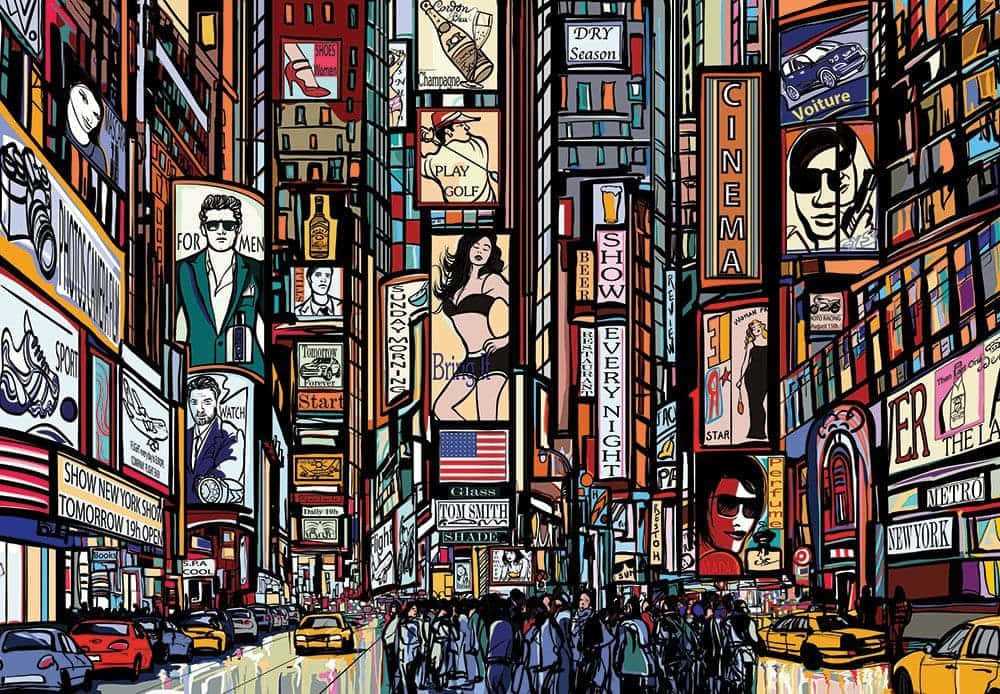
New York City, often referred to as the concrete jungle, is not only known for its towering skyscrapers and bustling streets, but also for its vibrant and ever-evolving street art scene. From the colorful murals that adorn building walls to the intricate graffiti tags that can be found on nearly every street corner, New York’s street art is a visual feast for the eyes.
What sets street art apart from other forms of traditional art is its raw and unfiltered nature. It is a form of self-expression that often stems from a desire to make a statement or challenge the status quo. Street artists use the city as their canvas, transforming once mundane walls into captivating works of art that reflect the pulse and energy of the urban landscape.
One of the most iconic elements of New York’s street art scene is the graffiti culture. These graffiti tags, often created using nothing more than spray paint and stencils, can be found on rooftops, subway cars, and even highway overpasses. Despite being considered illegal in most cases, these tags have become an integral part of the city’s visual identity.
But street art in New York is not limited to graffiti alone. The city is also home to numerous street art festivals and exhibitions that showcase the work of both local and international artists. From the vibrant murals of the Bushwick Collective in Brooklyn to the thought-provoking installations of the Bowery Art Wall, these events give artists a platform to share their creativity with the world.
Street art in New York is constantly evolving, with new pieces popping up overnight and others being painted over or demolished. It is an art form that thrives on impermanence and unpredictability, adding to the excitement and allure of exploring the city’s streets. Whether you’re a longtime admirer or a curious newcomer, New York’s street art scene is sure to leave a lasting impression.
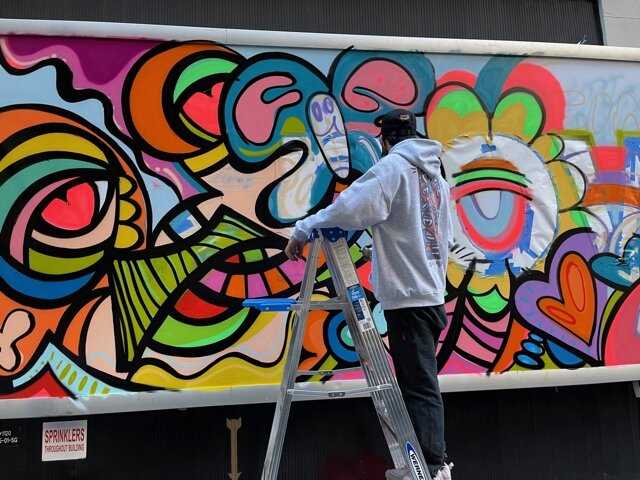
Street art has long been a part of the cultural fabric of New York City, but in recent years, it has experienced a resurgence and a new level of recognition. What was once seen as an act of rebellion and vandalism is now celebrated as a vibrant and essential form of artistic expression.
The rise of street art in New York City can be attributed to several factors. Firstly, the city’s rich history and status as a global cultural capital have provided fertile ground for artistic experimentation. Artists from all over the world are drawn to the vibrant energy and diversity of New York City, seeking to leave their mark on its streets.
Secondly, the rise of social media has played a significant role in the popularity of street art. Platforms like Instagram and Facebook have allowed artists to easily share their work with a global audience, bypassing traditional gatekeepers and galleries. This has given street art an unprecedented level of visibility and recognition.
Additionally, the changing public perception of street art has contributed to its rise in New York City. What was once dismissed as graffiti or vandalism is now seen as a legitimate and valuable form of art. Street art has the power to transform neglected public spaces and breathe new life into urban environments.
The city has also embraced street art as both a tourist attraction and a means of revitalization. Neighborhoods like Williamsburg in Brooklyn and the Lower East Side in Manhattan have become known for their vibrant street art scenes, attracting visitors from around the world. Local governments and organizations have also recognized the cultural and economic value of street art, commissioning artists to create large-scale murals and public installations.
Tagging: The Origins of New York Street Art
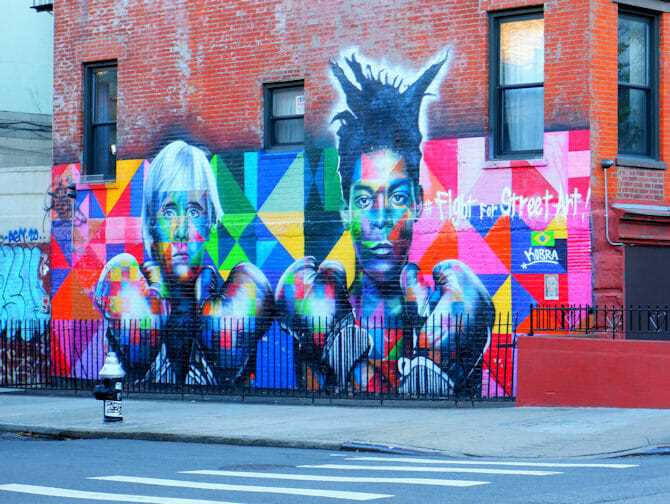
In the 1970s, a new form of artistic expression emerged on the streets of New York City: graffiti tagging. Tagging is the act of writing one’s name or signature in a distinctive style, often using bold, colorful letters. It is considered the foundation of New York street art and played a pivotal role in the birth of the vibrant urban culture that exists today.
The origins of tagging can be traced back to the city’s subway system. In the early days, tags were predominantly found on subway cars, where artists would risk their safety to leave their mark on the city. These tags became a way for young artists to establish their presence and gain recognition in a city that was often hostile towards them.
Tagging quickly evolved into a form of artistic competition, with artists striving to create the most unique and visually striking tags. This led to the development of different styles and techniques, as well as the adoption of pseudonyms, or “graffiti names,” to further distinguish oneself from others.
Despite the illegal nature of graffiti tagging, it garnered attention and respect from both the artistic community and the general public. Taggers became known for their daring and creativity, and their work began to be seen as an integral part of the city’s visual landscape.
Over the years, tagging has evolved into a more encompassing art form, with artists incorporating different mediums and techniques into their work. Today, New York street art encompasses a wide range of styles, from large-scale murals to intricate stencil work.
Tagging remains an important aspect of New York street art, serving as a foundation for artists to express themselves and make their mark in a city that constantly evolves. It continues to be a powerful form of self-expression and a symbol of the vibrant urban culture that thrives in New York City.
Street Stencil Art: A Distinctive Form of Expression
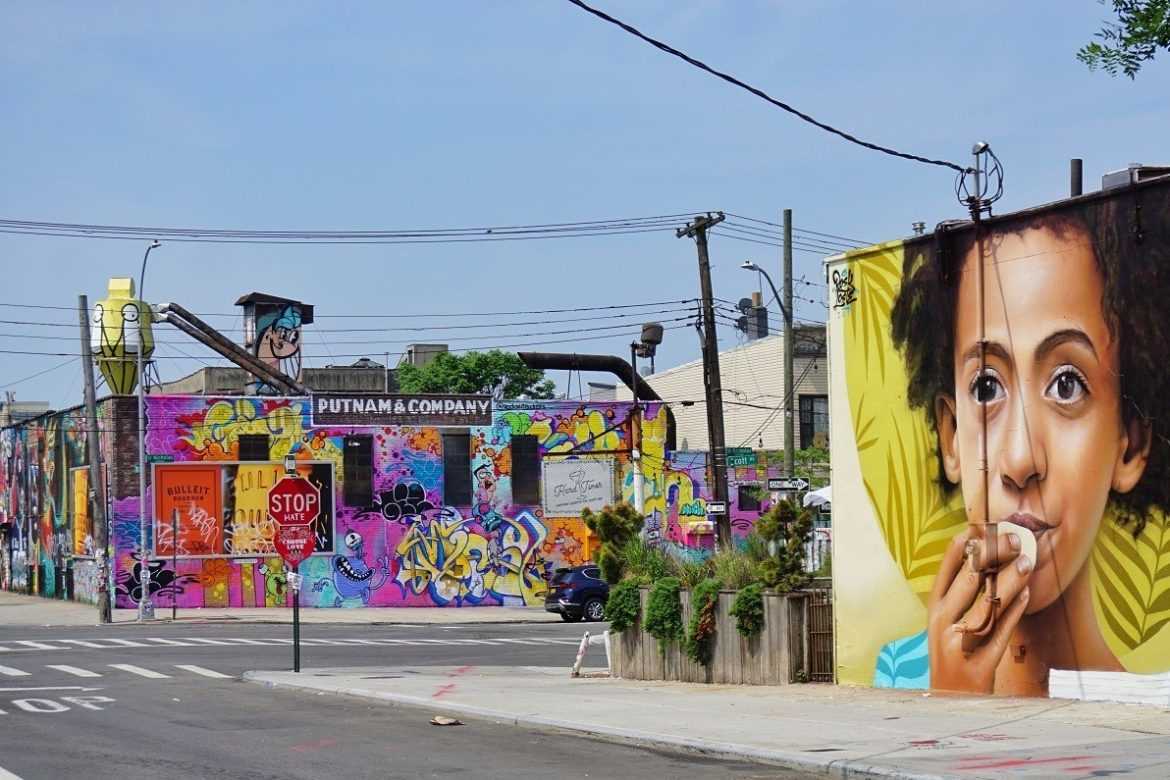
Street stencil art is a unique and distinctive form of expression that can be found throughout the streets of New York City. Artists use stencils, which are often made of cardboard or plastic, to create intricate and detailed designs on the walls and surfaces of the city.
Stencil art allows artists to quickly and efficiently transfer their designs onto walls and other surfaces, making it a popular choice for street artists who want to create large-scale works of art. The stencils can be reused multiple times, allowing artists to create multiple copies of their designs.
The Process
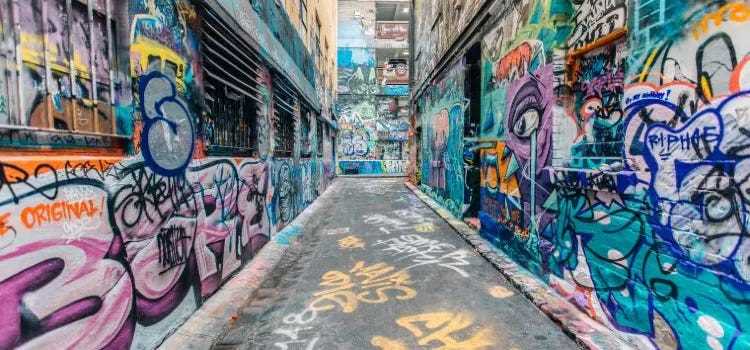
The process of creating a stencil art piece involves several steps. First, the artist creates a design or image on a piece of cardboard or plastic. Next, the artist carefully cuts out the desired shapes and details using a sharp knife or blade. Once the stencil is complete, the artist can then use spray paint or other mediums to apply the design onto the chosen surface.
The Impact
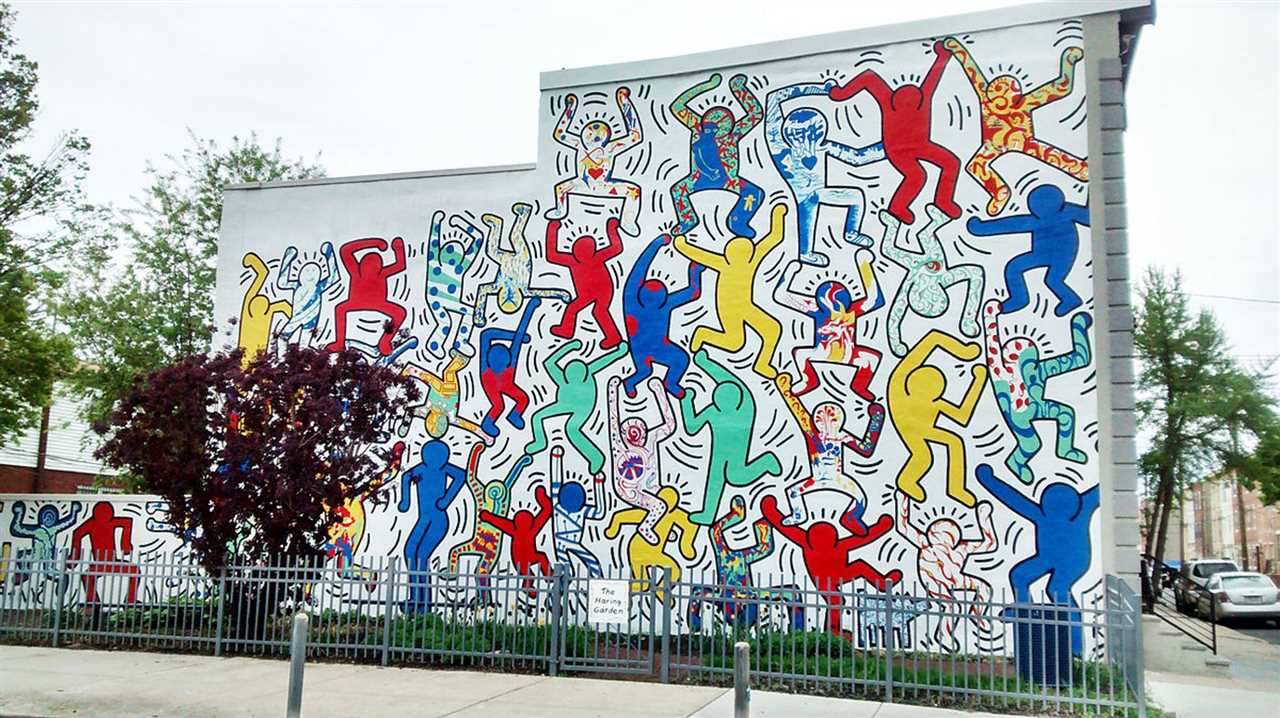
Street stencil art has a powerful impact on the urban landscape, adding a vibrant and dynamic element to the city streets. It often conveys social or political messages, and serves as a form of protest or commentary on current issues. The bold and visually striking nature of stencil art captures the attention of passersby and encourages them to think critically about the messages being conveyed.
Furthermore, the ephemeral nature of street stencil art adds an element of excitement and discovery to the experience. As the city changes and evolves, the art may be painted over or removed, adding a temporary and ever-changing aspect to the urban landscape.
Exploring the Impact of Graffiti on New York’s Art Scene
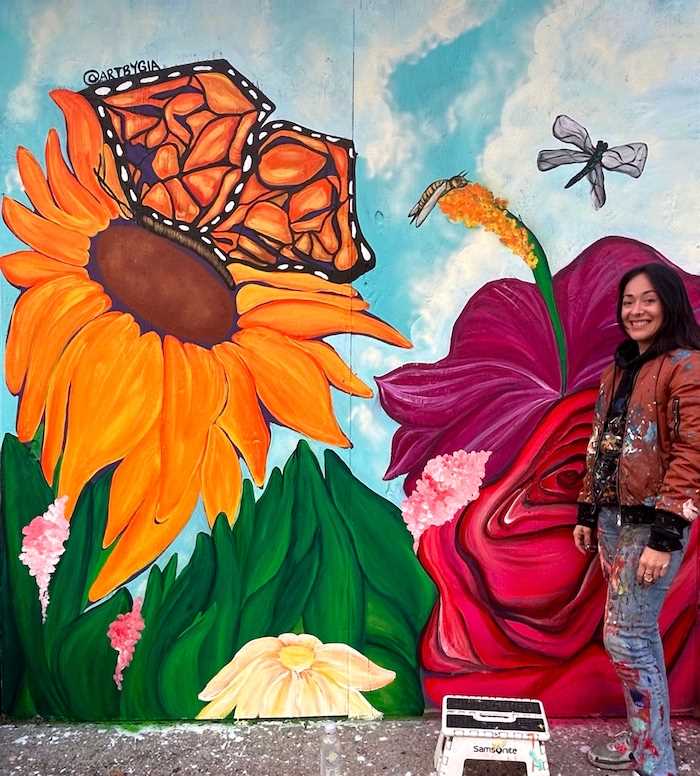
Graffiti has had a profound impact on the art scene in New York City. As an art form that originated in the streets and subways of the city in the 1970s, graffiti has become a vital part of New York’s urban culture. It has influenced and shaped the way people perceive and interact with art in the city.
One of the main impacts of graffiti on New York’s art scene is its ability to challenge traditional notions of art and beauty. Graffiti artists often create vibrant and visually striking works that embrace the raw and gritty aesthetic of the city. These artworks can be seen on walls, buildings, and even sidewalks, transforming the urban landscape into an open-air gallery.
Graffiti also provides a platform for marginalized voices and communities to express themselves and communicate their experiences. Many graffiti artists in New York come from backgrounds that have historically been marginalized or underrepresented. Through their art, they are able to reclaim public spaces and share their stories with the broader community.
The influence of graffiti can also be seen in the techniques and styles used by contemporary artists in New York. Many street artists have transitioned from the streets to galleries, bringing their unique style and perspective with them. The graffiti-inspired artworks can now be found in prestigious galleries and museums, further blurring the lines between street art and fine art.
Furthermore, graffiti has sparked conversations and debates about the role of art in public spaces. While some view graffiti as vandalism, others see it as a form of artistic expression that adds cultural richness to the city. This ongoing dialogue has pushed the boundaries of what is considered art and has contributed to the vibrant urban art scene in New York.

I am a mural enthusiast and a fervent admirer of street art. Rather than creating murals myself, I am passionate about collecting them. My love for street art knows no bounds. I am dedicated to curating and cherishing these artworks that grace the streets. My collection stands as a testament to my profound appreciation for this form of artistic expression.
read about me



